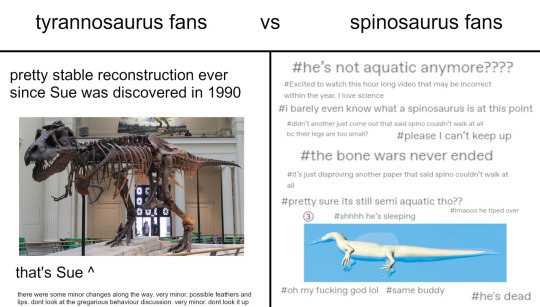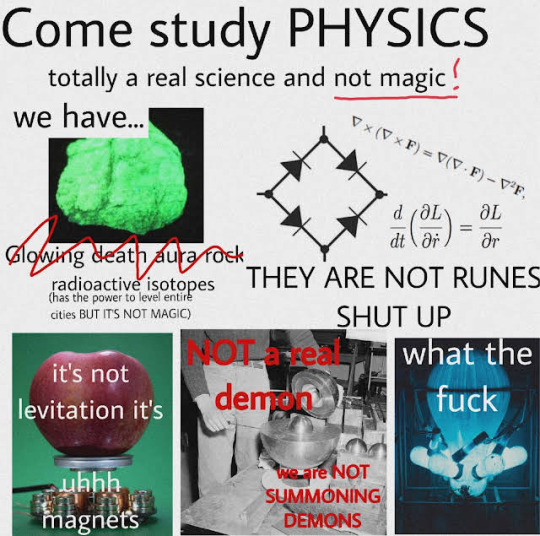Photo

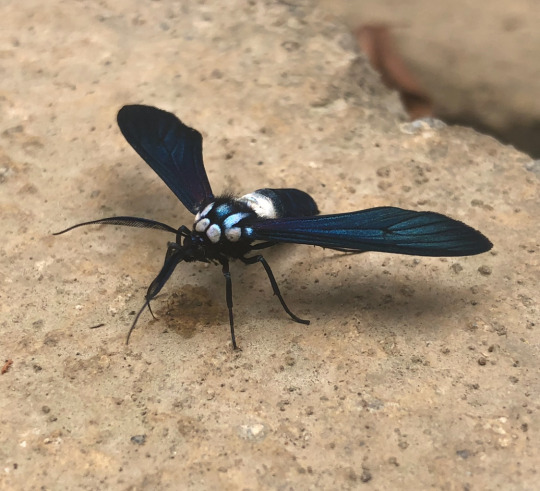
Blue handmaiden, Eriphioides ecuadoriensis, Arctiini, Erebidae
Photographed in Ecuador by belowbluewaterdiver
I could only find a couple photos of this species that I could legally share, but I can link this better photo here! The iridescent blue is beautiful :)
2K notes
·
View notes
Note
Let's gooo, I have absolutely no constancy



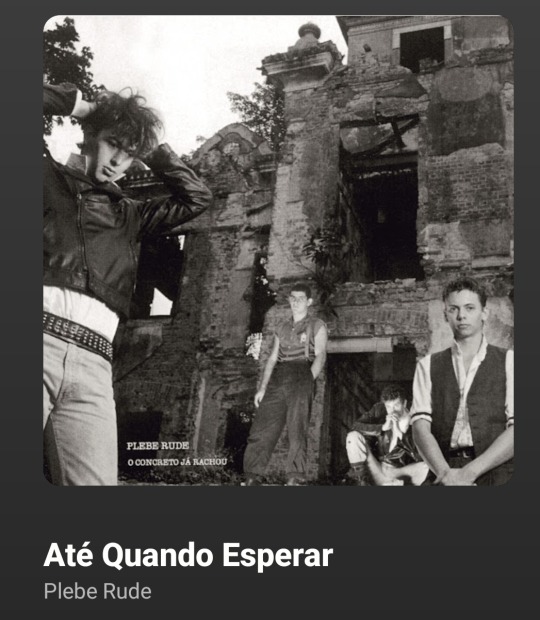

shuffle your favorite playlist and post the first five songs that come up. then copy/paste this ask to your favorite mutuals

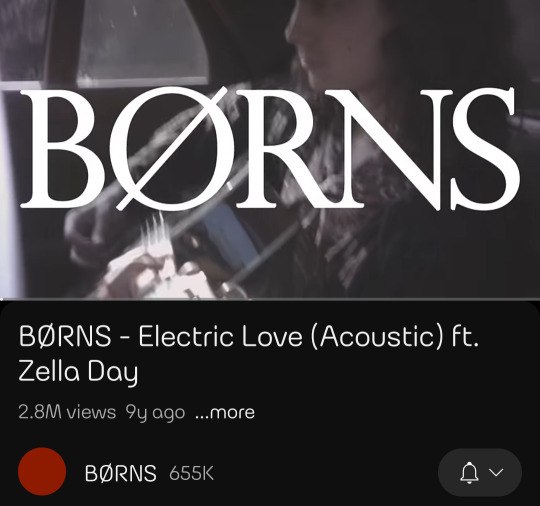

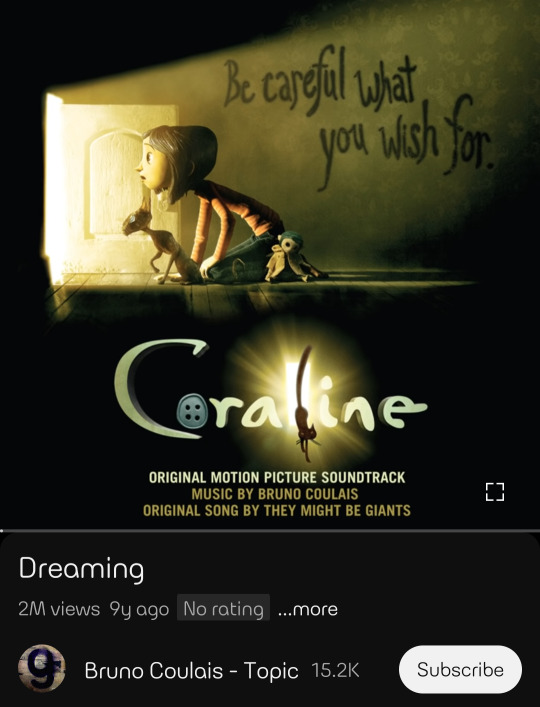

@maycelium @ramblingsofacotlfangirl @thesketchystar @vodyaniks @foxboidrew @arieofender @littlechinaaru @ghostofgaster @traumatizedgus @jolly-jello @lunarthemexican @coolerthemanplz @destroy-my-sweater @squidthecoolguy
12 notes
·
View notes
Text
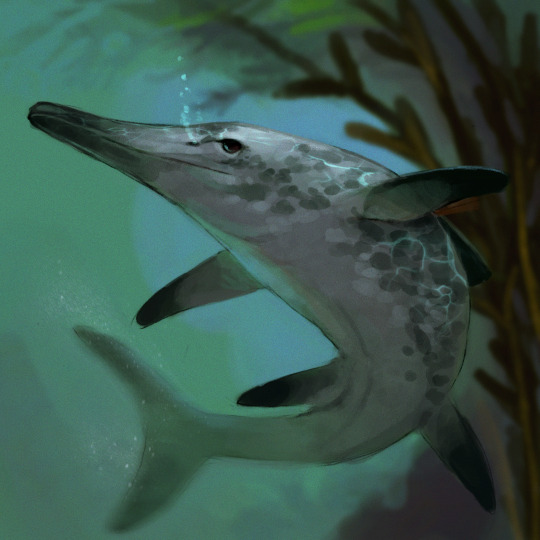
Y'know, I did do some paleoart semi-recently but it was more about vibes than trying to be accurate. Temnodontosaurus and kelp
587 notes
·
View notes
Photo


Life-size baby Triceratops skeleton.
The model is a collaboration with the Royal Saskatchewan Museum in Canada. The model was printed by Ryan McKellar, a paleontologist at the museum, as part of an exhibition.
Files to print this model: https://cults3d.com/en/3d-model/various/crane-de-triceratops-juvenile
250 notes
·
View notes
Text
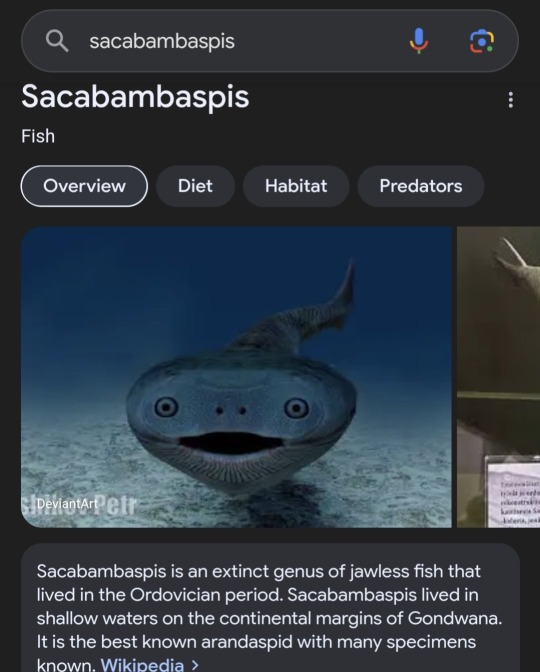
i hope i never ever ever see this image while im high or it will also straight up kill me. it would make me so scared my skeleton would run away And id be a boneless scared heap on the ground
72K notes
·
View notes
Text
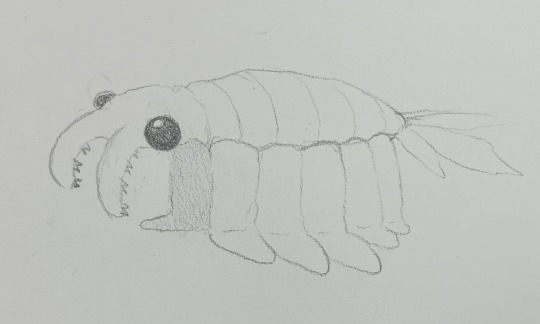
this is how they evolved.anomalocaris did not die that is the Liberal Media lying to you. they became horse
493 notes
·
View notes
Text
There's no time to waste!
Are you ready for world leaders to finally get sea-rious about stopping plastic pollution? On Earth Day world leaders convene to negotiate the first-ever Global Plastics Treaty. Join forces with us and other aquariums to urge U.S. leaders to take bold action on plastic.


Sign the petition!
1K notes
·
View notes
Text
Great women in paleontology: Diana Mussa | Grandes mulheres na paleontologia: Diana Mussa

🇬🇧 Diana Mussa, born in Campos dos Goytacazes on January 19, 1932, and passed away in Rio de Janeiro on May 8, 2007, was a renowned Brazilian geologist and paleobotanist, globally recognized for her expertise in Devonian flora. She was a trailblazer in this field in Brazil and also a respected professor at the Federal University of Rio de Janeiro.
The youngest of five siblings, Diana was the daughter of Lebanese parents. Since childhood, she harbored the dream of becoming a naturalist, driven by her deep interest in nature and natural processes. In 1952, she moved to Rio de Janeiro to study Natural History at the National Faculty of Philosophy, Sciences, and Letters of the University of Brazil (now UFRJ), where she also pursued Geology. During this time, she had the opportunity to intern under renowned researchers such as Dr. Fernando R. Milanez at the Rio de Janeiro Botanical Garden and Dr. Calvino Mainieri at the São Paulo Institute of Technological Research.
In the late 1950s, she joined the Convent of the Poor Clares to volunteer with underserved populations, and she was sent to Manaus. Between 1958 and 1961, she lived in Tefé, conducting research on fossilized woods and participating in missionary activities. After returning to Rio de Janeiro for health treatment, she joined the National Commission of Nuclear Energy and commenced her postgraduate studies in 1973 at the Institute of Geosciences of the University of São Paulo, under the guidance of Prof. Dr. Antonio Carlos Rocha-Campos. Her thesis, defended in 1982, on the Permian Lignitafofloras of the Paraná Basin, Brazil (States of São Paulo and Santa Catarina), was approved with distinction.
Diana became a researcher at the National Department of Mineral Production and later worked at the National Museum in Rio de Janeiro, where she became an Adjunct Professor of Paleobotany in 1993. Throughout her career, she described approximately 30 genera of fossilized plants, leaving behind an important legacy in the form of her collection of fossil wood slides. Additionally, she was a founding member of the Brazilian Society of Paleontology and a member of various other international and national organizations in her field. Her name inspired the naming of the genus Mussaeoxylon seclusum Merlotti 1998, for Gondwanan fossil gymnosperm wood from Brazil, and the species Glossopteris mussae Ricardi-Branco et al. 1999, for new Permian fossil leaves from São Paulo.
🇧🇷 Diana Mussa, nascida em Campos dos Goytacazes em 19 de janeiro de 1932 e falecida no Rio de Janeiro em 8 de maio de 2007, foi uma renomada geóloga e paleobotânica brasileira, reconhecida mundialmente por sua expertise na flora do devoniano. Ela foi a pioneira nesse campo no Brasil e também uma respeitada professora na Universidade Federal do Rio de Janeiro.
Filha de pais libaneses, Diana era a caçula de cinco irmãos. Desde a infância, cultivava o sonho de se tornar naturalista, devido ao seu profundo interesse na natureza e nos processos naturais. Em 1952, mudou-se para o Rio de Janeiro para estudar História Natural na Faculdade Nacional de Filosofia, Ciências e Letras da Universidade do Brasil (atual UFRJ), onde também cursou Geologia. Durante esse período, teve a oportunidade de estagiar com renomados pesquisadores, como o Dr. Fernando R. Milanez no Jardim Botânico do Rio de Janeiro e o Dr. Calvino Mainieri no Instituto de Pesquisas Tecnológicas de São Paulo.
No final dos anos 1950, ingressou no Convento das Clarissas para realizar trabalho voluntário com populações carentes, sendo enviada para Manaus. Entre 1958 e 1961, viveu em Tefé, onde conduziu pesquisas sobre madeiras fósseis, além de participar de atividades missionárias. Após retornar ao Rio de Janeiro para tratamento de saúde, ingressou na Comissão Nacional de Energia Nuclear e iniciou sua pós-graduação em 1973 no Instituto de Geociências da Universidade de São Paulo, sob a orientação do Prof. Dr. Antonio Carlos Rocha-Campos. Sua tese, defendida em 1982, sobre as Lignitafofloras Permianas da Bacia do Paraná, Brasil (Estados de São Paulo e Santa Catarina), foi aprovada com distinção.
Diana tornou-se pesquisadora do Departamento Nacional de Produção Mineral e, mais tarde, passou a trabalhar no Museu Nacional, no Rio de Janeiro, onde se tornou Professora Adjunta de Paleobotânica em 1993. Ao longo de sua carreira, descreveu aproximadamente 30 gêneros de vegetais fósseis, deixando um legado importante na forma de sua coleção de lâminas de lenhos fósseis. Além disso, foi sócia-fundadora da Sociedade Brasileira de Paleontologia e membro de diversas outras organizações internacionais e nacionais ligadas à sua área de atuação. Seu nome inspirou o batismo do gênero Mussaeoxylon seclusum Merlotti 1998, para madeira fóssil gimnospérmica do Gondwana brasileiro, e da espécie Glossopteris mussae Ricardi-Branco et al. 1999, para novas folhas fósseis do Permiano de São Paulo.
8 notes
·
View notes
Text


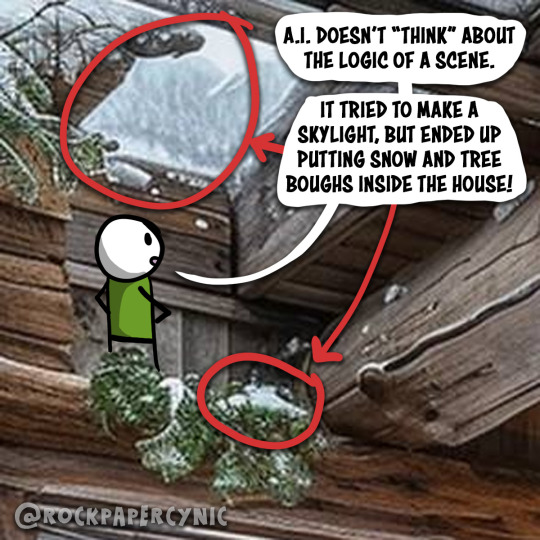
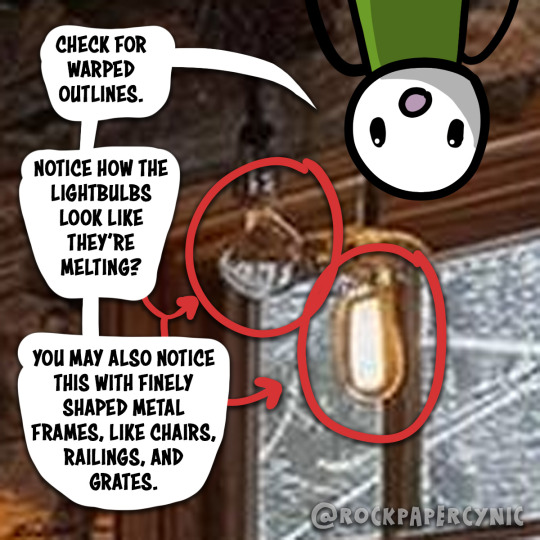

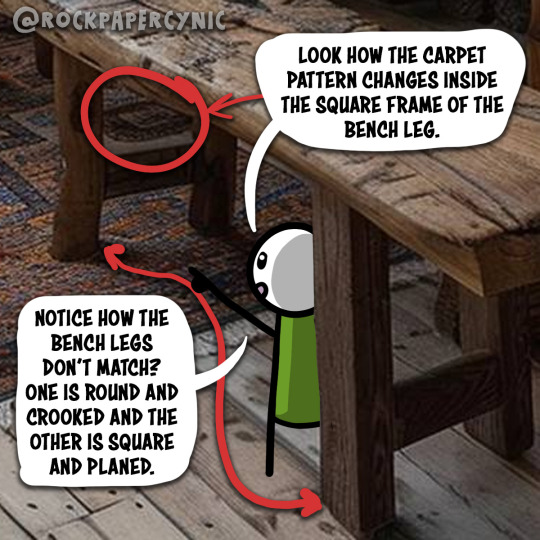

A.I. photos are flooding social media and contributing to an Internet where we can't believe what we see. Spotting A.I. 📷s is an important media literacy skill.
None of us have time to research every image we see. We just need people to notice BEFORE THEY LIKE OR SHARE that an image might be fake. If unsure, check it or don't share.
I've started drawing some comics explaining the basic of AI spot-checking and media literacy in the age of disinformation. Follow along here or on my Twitter.
29K notes
·
View notes
Photo

TV-Saurs_Better Call Saur(olophus).
Pencils & Markers, 2020.
88 notes
·
View notes
Text
I love when arthropods have a pseudopupil. It's so whimsical and cute, and they come in so many varieties!!

little kitty cat eyes!!!
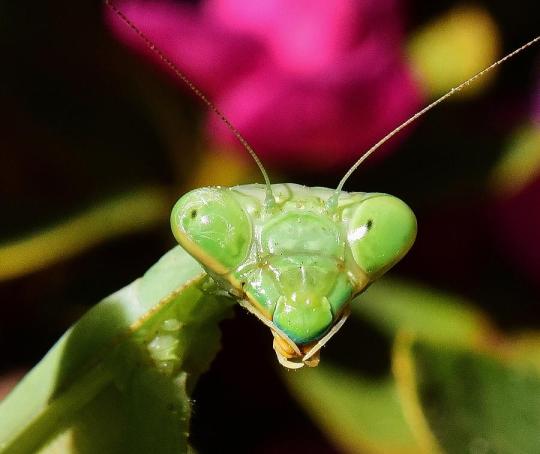
bombastic side eyes!!!!
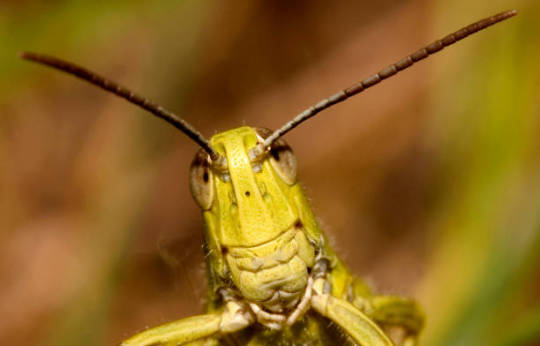
cartoon character eyes!!!!

bigass anime eyes!!!!!

BE NOT AFRAID eyes!!!!!
5K notes
·
View notes
Text
GLUMP!!
What sound would a predatory tunicate make? Resembling a piranha plant from Super Mario Bros., these transparent invertebrates live anchored along the deep sea canyon walls and seafloor, patiently waiting for unsuspecting prey to wander by or swim into their cavernous hoods.
2K notes
·
View notes
Text

LaRue Burbank, mathematician and computer, is just one of the many women who were instrumental to NASA missions.
4 Little Known Women Who Made Huge Contributions to NASA
Women have always played a significant role at NASA and its predecessor NACA, although for much of the agency’s history, they received neither the praise nor recognition that their contributions deserved. To celebrate Women’s History Month – and properly highlight some of the little-known women-led accomplishments of NASA’s early history – our archivists gathered the stories of four women whose work was critical to NASA’s success and paved the way for future generations.
LaRue Burbank: One of the Women Who Helped Land a Man on the Moon
LaRue Burbank was a trailblazing mathematician at NASA. Hired in 1954 at Langley Memorial Aeronautical Laboratory (now NASA’s Langley Research Center), she, like many other young women at NACA, the predecessor to NASA, had a bachelor's degree in mathematics. But unlike most, she also had a physics degree. For the next four years, she worked as a "human computer," conducting complex data analyses for engineers using calculators, slide rules, and other instruments. After NASA's founding, she continued this vital work for Project Mercury.
In 1962, she transferred to the newly established Manned Spacecraft Center (now NASA’s Johnson Space Center) in Houston, becoming one of the few female professionals and managers there. Her expertise in electronics engineering led her to develop critical display systems used by flight controllers in Mission Control to monitor spacecraft during missions. Her work on the Apollo missions was vital to achieving President Kennedy's goal of landing a man on the Moon.
Eilene Galloway: How NASA became… NASA
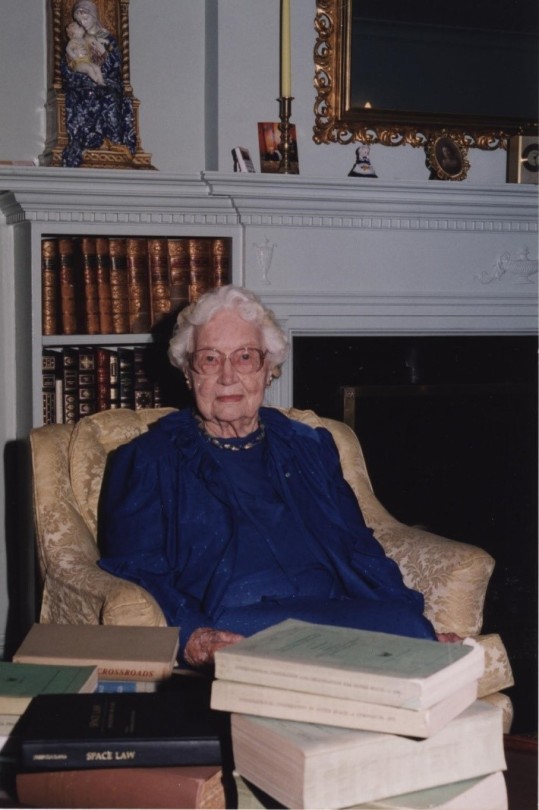
Eilene Galloway wasn't a NASA employee, but she played a huge role in its very creation. In 1957, after the Soviet Union launched Sputnik, Senator Richard Russell Jr. called on Galloway, an expert on the Atomic Energy Act, to write a report on the U.S. response to the space race. Initially, legislators aimed to essentially re-write the Atomic Energy Act to handle the U.S. space goals. However, Galloway argued that the existing military framework wouldn't suffice – a new agency was needed to oversee both military and civilian aspects of space exploration. This included not just defense, but also meteorology, communications, and international cooperation.
Her work on the National Aeronautics and Space Act ensured NASA had the power to accomplish all these goals, without limitations from the Department of Defense or restrictions on international agreements. Galloway is even to thank for the name "National Aeronautics and Space Administration", as initially NASA was to be called “National Aeronautics and Space Agency” which was deemed to not carry enough weight and status for the wide-ranging role that NASA was to fill.
Barbara Scott: The “Star Trek Nerd” Who Led Our Understanding of the Stars
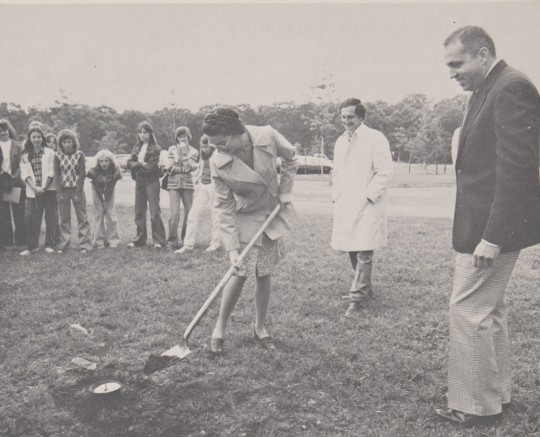
A self-described "Star Trek nerd," Barbara Scott's passion for space wasn't steered toward engineering by her guidance counselor. But that didn't stop her! Fueled by her love of math and computer science, she landed at Goddard Spaceflight Center in 1977. One of the first women working on flight software, Barbara's coding skills became instrumental on missions like the International Ultraviolet Explorer (IUE) and the Thermal Canister Experiment on the Space Shuttle's STS-3. For the final decade of her impressive career, Scott managed the flight software for the iconic Hubble Space Telescope, a testament to her dedication to space exploration.
Dr. Claire Parkinson: An Early Pioneer in Climate Science Whose Work is Still Saving Lives
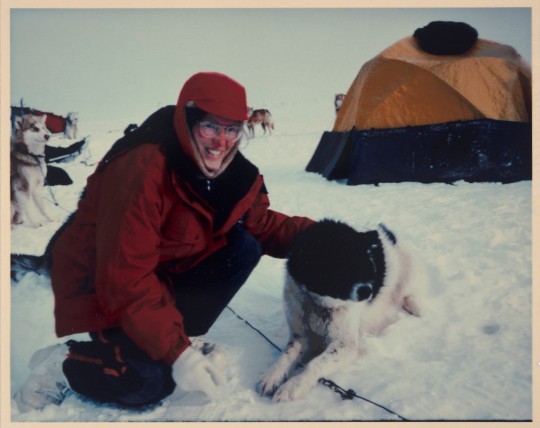
Dr. Claire Parkinson's love of math blossomed into a passion for climate science. Inspired by the Moon landing, and the fight for civil rights, she pursued a graduate degree in climatology. In 1978, her talents landed her at Goddard, where she continued her research on sea ice modeling. But Parkinson's impact goes beyond theory. She began analyzing satellite data, leading to a groundbreaking discovery: a decline in Arctic sea ice coverage between 1973 and 1987. This critical finding caught the attention of Senator Al Gore, highlighting the urgency of climate change.
Parkinson's leadership extended beyond research. As Project Scientist for the Aqua satellite, she championed making its data freely available. This real-time information has benefitted countless projects, from wildfire management to weather forecasting, even aiding in monitoring the COVID-19 pandemic. Parkinson's dedication to understanding sea ice patterns and the impact of climate change continues to be a valuable resource for our planet.
Make sure to follow us on Tumblr for your regular dose of space!
2K notes
·
View notes

